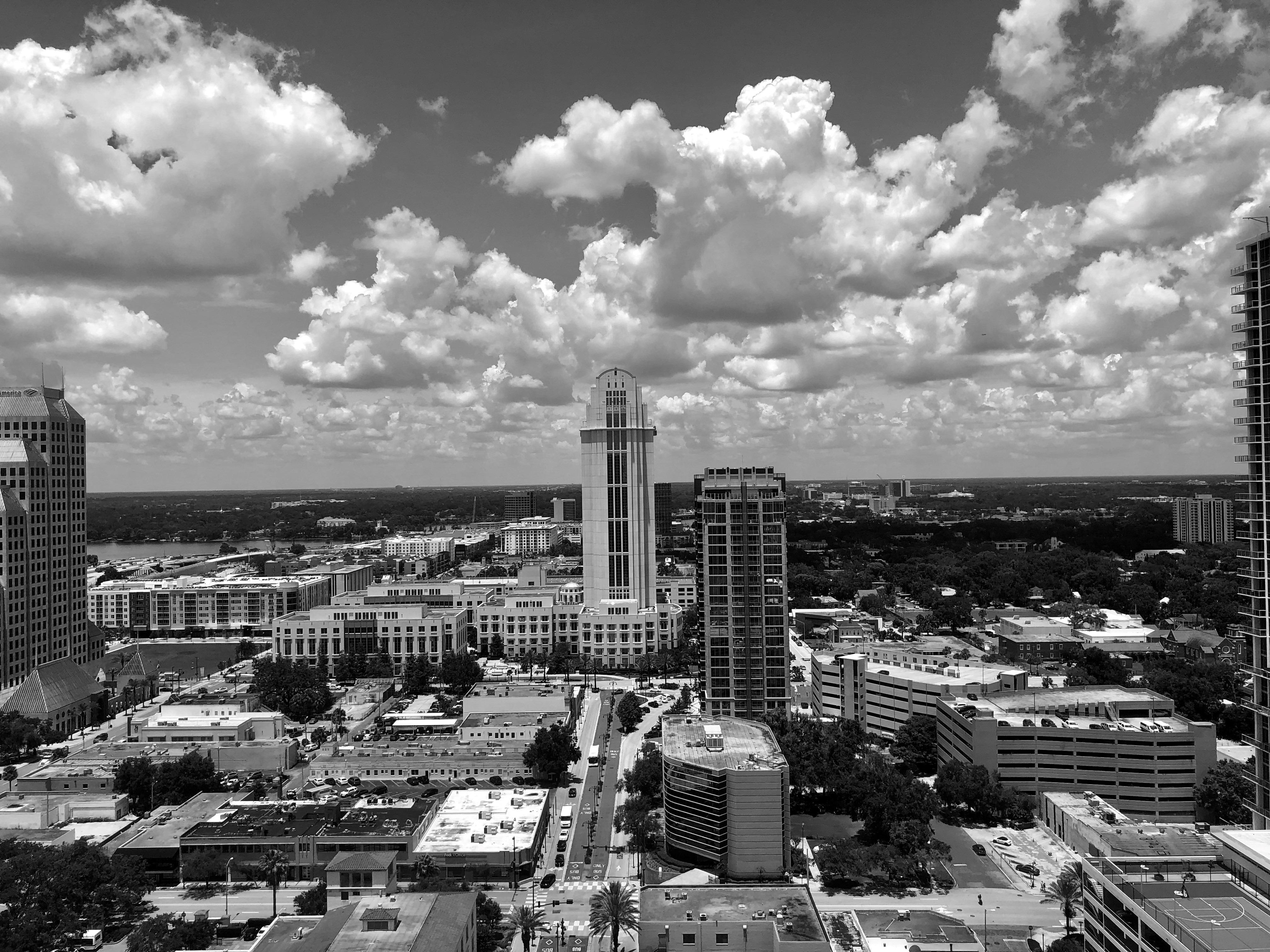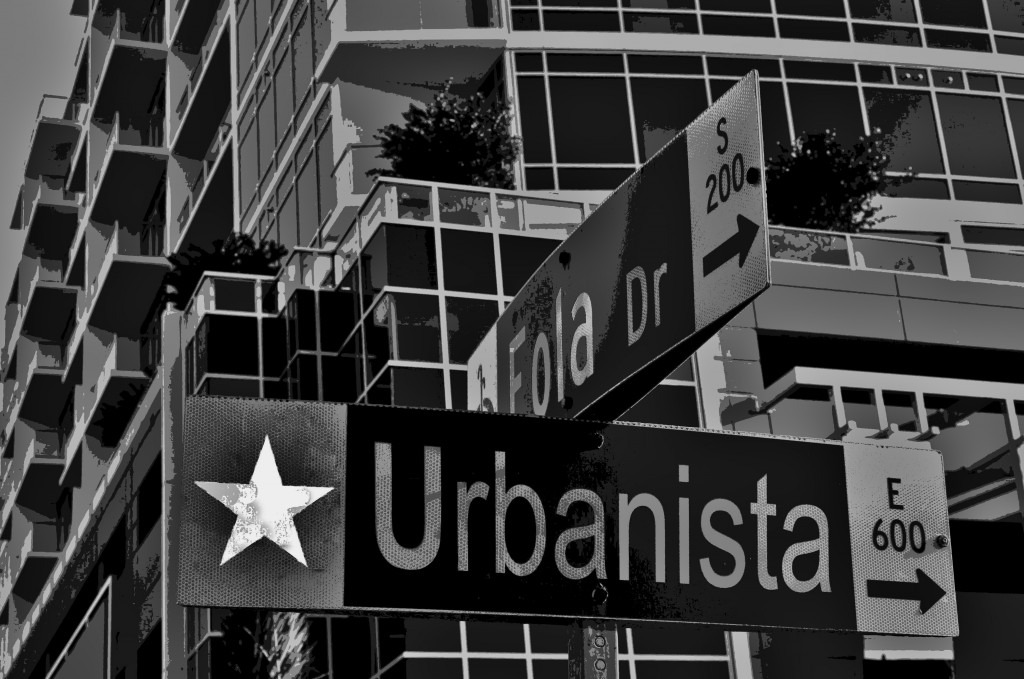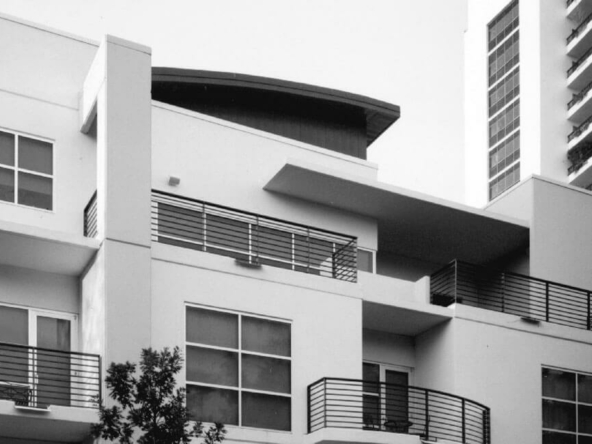To find the Central Florida neighborhoods where home prices have bounced back the most in the past year, look at newer communities at the region’s outer edges.
Growth pockets in Eustis, Paisley and Montverde in Lake County showed price gains of about 30 percent from February 2013 until the same month this year. So did portions of St. Cloud and rural parts of south Osceola County, including Harmony.
Overall values in the four-county Orlando metropolitan area increased 20 percent during that period, according to a new Homes.com study that compared sales of the same homes over time by ZIP code.
“Those were the hardest-hit, so of course they’re going to see the most recovery,” Keller Williams agent Lawrence Bellido said of homes in the outlying areas. “At Bella Collina in Montverde, they weren’t selling anything out there, and it would be the same for Harmony.”
Throughout Central Florida, recent price gains have varied greatly from one community to the next. For example, growth areas south of St. Cloud have shown gains of about 30 percent during the past year, but prices grew by only about half that amount in older parts of St. Cloud, where streets are named for states and some homes were built in the 1920s.
Similarly, long-established areas of Oviedo, Casselberry and Kissimmee saw price appreciation of about 15 percent during the past year — a heady recovery by most standards but lagging the rest of the region.
Prices in the Mount Dora and Apopka areas increased 11 percent, while values in Winter Park were up only 8 percent during that time.
One reason prices have increased faster in some neighborhoods than in others: Foreclosures hit hardest in newly developing areas because owners of houses built just before the real-estate crash in 2007 had little or no equity in their homes.
They were more likely to walk away from the debt, end up in foreclosure or go through a short sale, which happens when lenders approve sales prices that are less than the mortgage owed. Values dropped the most in those foreclosure-impacted neighborhoods, so the bounce-back also has been more dramatic.
“Those markets where prices got so low were where the prices increased the most in the last three years,” said Mike Timmeran, president of Naples-based MJT Realty Economic Advisors, which advised Homes.com on the price analysis.
Homes.com is one of the country’s largest real-estate-data companies and analyzes same-home sales, which are considered a more consistent gauge of market conditions than overall monthly sales reports.
The wide swing in price recovery — even in neighboring areas — can be confusing for buyers.
Houston resident Mike Raab said the mix of appreciation among neighborhoods has made his hunt for a house in Orlando challenging because it’s difficult to figure out fair market value: Are owners basing the price on sales in nearby areas that are rebounding quickly instead of close-by communities that have been slower to recover?
Sellers can take advantage of out-of-town buyers who don’t know the shifting Orlando market, he added.
“You’ve got to be very, very careful that someone doesn’t say, ‘Here’s some outside money coming in, and we can really pull one over their eyes,'” Raab said. “Prices can bounce tremendously from block to block. It’s really a disparate recovery.”
The Homes.com price index shows that Metro Orlando’s market recovery lags the nation’s other Top 100 metro areas. All metro areas started with an index level of 100 in January 2000. As a group, they peaked in July 2007 and then bottomed out about three years later. By February of this year, they were back near their peak-level pricing.
But in the Orlando area, prices remain far below their peak, according to the index and other price reports. A report released last week by the Orlando Regional Realtors Association showed the median price in the core Orlando market reached $163,000 in April — about $100,000 below the peak levels.
The realities of the long recovery ahead are not lost on Central Florida suburbanites.
In rural Osceola County, Tina Snow bought a house in the Harmony community in 2004 and said that, although prices may be on the rise, they’re still not what they were when she purchased. Prices in that ZIP are still down about a third from their peak in November 2006.
“You know what hurt them the most? You walk in and it’s so beautiful it takes your breath away, but then 2008 came along, and the real-estate crash hit us,” Snow said. “We’re so far out that just to get anything from a store, it’s 7 miles.”
St. Cloud native Melissa Godwin, a real-estate broker, said home prices in that town didn’t see huge gains because prices didn’t decline as much.
“Houses in downtown St. Cloud — yeah, some of them went through short sales — but a lot of them were built before I was born, and they didn’t take such a heavy swing,” she said. “They’ve had much more sustainable increases.”



